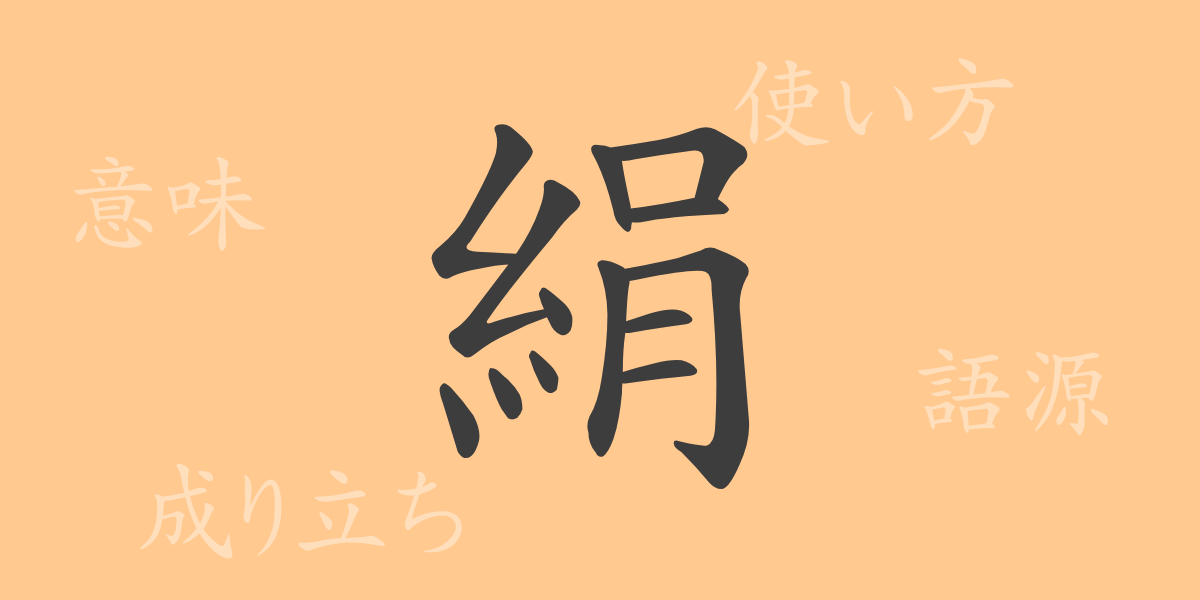Silk is more than just fabric. It is a tale woven with culture and history, representing one of Japan’s beloved symbols around the world. In this article, we explore the beautiful, smooth, and noble world of silk. From its origins to its meanings, uses, and even idioms and proverbs associated with silk, let’s unravel everything about this exquisite material.
Origins of 絹 (きぬ, kinu)
The origins of silk can be traced back to ancient times, specifically to the Yin dynasty in China. Silk, produced by silkworms, captivated people with its softness and luster, leading to the creation of the word “絹” (きぬ, kinu). In Japan, references to silk can be found in historical texts like the Kojiki and Nihon Shoki, highlighting its high value since ancient times.
Meaning and Uses of 絹 (きぬ, kinu)
Silk refers to the fibers obtained from silkworm cocoons and is known for its versatile applications. It is used in clothing, accessories, and even as materials for paintings and calligraphy. Silk is also used metaphorically, such as in the phrase “silky smooth skin,” to describe smooth and beautiful skin.
Reading, Stroke Count, and Radical of 絹 (きぬ, kinu)
The kanji “絹” (きぬ, kinu) embodies an ancient elegance in its form and sound.
- Reading: On’yomi – けん (ken); Kun’yomi – きぬ (kinu)
- Stroke count: 12 strokes
- Radical: 糸部(いとへん, itohen) – “thread” radical
Idioms, Proverbs, and Phrases Using 絹 (きぬ, kinu)
Silk appears in various idioms, proverbs, and phrases in the Japanese language. For example, “絹を裂くよう” (きぬをさくよう, kinu o saku yō) describes a very delicate and smooth movement, while “絹の御帳” (きぬのみちょう, kinu no michō) refers to a beautiful curtain used by noble people. These expressions convey the unique texture and value of silk.
Conclusion About 絹 (きぬ, kinu)
Silk has been an integral part of people’s lives from ancient times to the present, admired for its beauty and functionality. Through this article, we hope you have gained an appreciation for the deep history, cultural background, and linguistic presence of silk. The story woven by silk will continue to be passed down to many generations.

























